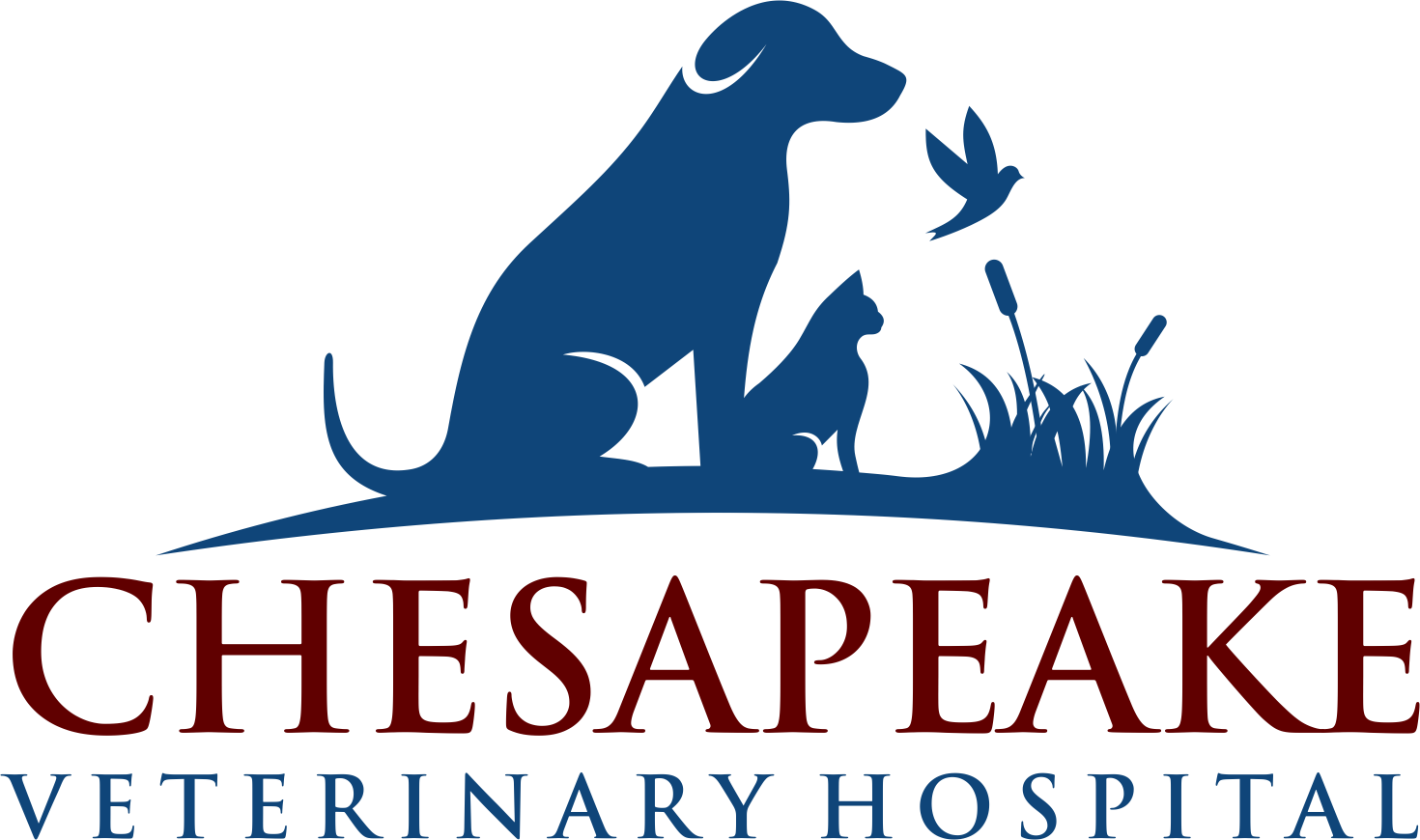Library
-
Epineprhine is a drug used most often in emergency situations for animals (e.g., anaphylaxis, cardiopulmonary resuscitation/CPR). It may be added to local anesthesia drugs due to its ability to cause veins to constrict, thus delaying the body’s absorption of the drugs and prolonging the duration of the local anesthetic duration.
-
Epistaxis means simply bleeding from the nose. The term can therefore cover anything from a tiny trickle down one nostril to a heavy gushing from both nostrils. Blood that appears at the nostril can originate from anywhere in the upper or lower respiratory tract including the sinuses or other closely related structures of the head.
-
Eprinomectin + praziquantel (brand name Centragard®) is a topical (spot-on) antiparasitic drug used to treat and control hookworm, roundworm, and tapeworm infections, and to prevent heartworm disease in cats and kittens that are at least 7 weeks of age and weigh at least 0.8 kg (1.8 lb). Do not use in cats known or suspected to have two copies of the MDR1 gene mutation.
-
Horses and ponies are efficient herbivores and one of the key adaptations that evolution for a life of grazing has equipped them with is a set of hardwearing and specialized teeth.
-
There are four Herpesviruses that are widespread in the horse environment and that are associated with a variety of disease syndromes in horses. They are called Equid Herpesviruses 1, 2, 3 and 4 (EHV-1, EHV-2, EHV-3 and EHV-4).
-
Equine Infectious Anemia (EIA), sometimes called 'swamp fever' is an infectious disease that causes acute, chronic or symptomless illness, characterized by fever, anemia, swelling and weight loss in horses, ponies, mules and donkeys.
-
This condition takes its name from the comparable human condition, metabolic syndrome. It is a complex, multi-factorial problem involving numerous body systems. In humans it increases the risk of stroke, heart attack, diabetes and other potentially serious medical disorders.
-
EVA is a highly contagious disease that can cause a 'flu-like' illness of varying severity and occasionally abortion or even death in horses. It is found in many different parts of the world and is endemic (widespread) in many continental European horse populations.
-
Erythromycin is given by mouth or injection and is used off label to treat bacterial infections and gastrointestinal motility problems in many animal species. Common side effects include diarrhea, lack of appetite, and vomiting. Do not use in pets that are allergic to it, have liver disease or dysfunction, or in pets such as rabbits, gerbils, guinea pigs, or hamsters. If a negative reaction occurs, please call your veterinary office.
-
Erythromycin ophthalmic is an antimicrobial medication used to treat certain types of eye infections. It may be used “off label” or “extra label” to treat other eye conditions. Erythromycin ophthalmic comes in ointment form. Caution when using this medication in pocket pets as fatal diarrhea may occur if ingested orally.

